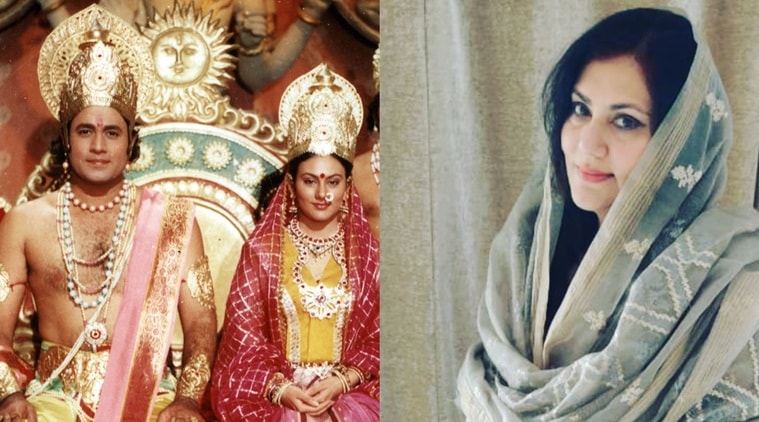

On the contrary, he is a magnanimous king and also a believer of Jainism. The most intriguing feature in this version is the depiction of Ravana who’s not shown in a villainous light. Instead of a monkey army, this version suggests that there was a warrior clan that beared the monkey as their emblem. The Jaina version presents a rational view, unlike the Hindu one that is more fantastical. Being an ardent follower of Jainism, Rama is the supreme hero in this version as well, and cannot be a killer. Titled Paumachariya, in the Jaina version, Rama is a follower of non-violence. Twelve years later, Rama and Sita return to Benaras, and not Ayodhya, and get married.


He wants to protect them from his over pushy third wife Kaikeyi, who’s the only antagonist in the story. What’s also different from Valmiki’s version is that instead of being exiled from the kingdom, King Dasaratha sends Rama and Sita away to the Himalayas. Here are some vastly different philosophies of various sects, that deviate from the traditional plot we are all familiar with:ĭasaratha is the king of Benaras and not Ayodhya, in this version. Anandani, gives a voice to Ravana’s wife, one of the least known characters of the Hindu epic.ĭid you know there is version of Ramayana where Hanuman is not a celibate and one where there is no mention of Ravana? Different religions and societies in Southeast Asia have alternative narratives of the epic. Borrowing from Sanghadasa’s Jaina version, Mandodari, authored by a passionate mythologist, Manini J.


 0 kommentar(er)
0 kommentar(er)
